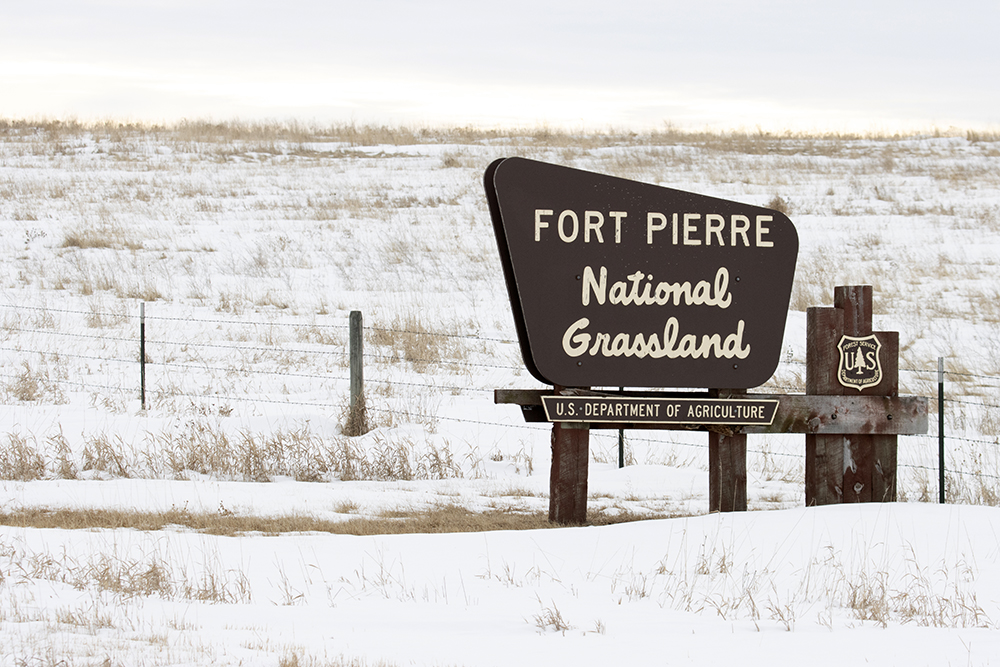
A current view of our yard “MVP”, a honeysuckle tucked in a tiny spot next to the garage and front porch. This is a pretty typical view for a visitor to our house in the spring…greeted by a big honeysuckle that is absolutely loaded with beautiful orange blooms. Click for a larger view.
Competition this spring was high. Who would be named MVP? The long-time, consistent performer who never lets you down? The up-and-comer, inconsistent, but absolutely glorious so far this spring? Or perhaps some underdog, flying under the radar and gathering votes as the top two split other voters?
When we built our house 11 years ago, I had a blast doing all of my own landscaping. It’s taken a while to “build up” to a mature landscaped yard, but after 11 years, we now are starting to get some trees of substantial size, while the bushes and perennials have matured. During those 11 years, it’s been simply wonderful noticing how the number and diversity of birds in our yard has grown, as the landscaping has matured.
MVP of course is “Most Valuable Plant”, from the perspective of a birder and how attractive the plant is to birds in our yard. When I did the landscaping, I focused VERY heavily on planting shrubs, perennials, and trees that would attract birds. We have a few conifers, for cover and nesting. We have some fast growing birch, trees that have matured quickly and attracted birds, with catkins on our paper birch that are an absolute favorite for finches in the winter. I have sour cherries, viburnum, and other bushes and small trees with berries to attract birds. I have many perennials specifically chosen for the blooms that attract hummingbirds.
But this year’s MVP is the same as the MVP from about the, oh…last 5 or 6 years. In the front of our house, right by the entrance and front porch, is a little spot perhaps 2 x 4 feet. It fits in between the curved sidewalk leading from the driveway to the front porch, and the side of the garage. When I was landscaping, it was kind of a “throwaway” spot, an afterthought, without much room to do anything substantial. We had a honeysuckle that we actually had indoors at our old house. Not even knowing if it was hardy, I planted it in that location, and didn’t think much of it.
To my surprise, it not only survived the winter, it absolutely THRIVED. The little spot faces the southwest, and with the garage wall blocking any of our cold, South Dakota north winds, the honeysuckle has grown and thrived beyond all expectations. In that protected location, getting the full blunt of the afternoon sun and being protected from cold, the honeysuckle often starts to bud out by late March. Last year, IT STILL HAD BLOOMS ON THANKSGIVING!! That’s NOVEMBER in South Dakota, and an outdoor plant was still blooming!! In the spring, it goes absolutely nuts with absolutely prolific blooms (see photo above), and then continues to bloom during the entire summer and fall.

A peek inside the honeysuckle today revealed the American Robin nest, with one hatchling and another that is still in the process of working her way out of its egg.
The reason the honeysuckle gets the “MVP” award? I’m a sucker for hummingbirds, and there’s no feature in my yard, not even my nectar/sugar feeder, that attracts hummingbirds like this honeysuckle. We live across the street from a state park, the Big Sioux Recreation Area, and I often seen hummingbirds coming from the park, making an extended stop at the honeysuckle, and then returning to the park. The blooms also have attracted other birds over the years. This spring I had Orchard Orioles that seemed to like to pierce the blooms for nectar, and I’ve also had Tennessee Warblers do the same.
The plant is also unbelievable thick and lush, with a support structure holding up the extensive number of vines. Within that thick cover, birds have often nested within. The two most common have been House Finches, and American Robins. This spring, an American Robin once again built a nest within the thicket of the honeysuckle. I have SO many Brown-headed Cowbirds in our neighborhood, but I don’t ever seem to find cowbird eggs in the nest in the honeysuckle. I think that’s likely because of how thick it is, and how well hidden the nests are.
MVP!! MVP!! MVP!! For 2018, the long-standing champ takes the crown yet again!

Ruby-throated Hummingbird foraging at the honeysuckle.
Like this:
Like Loading...


























